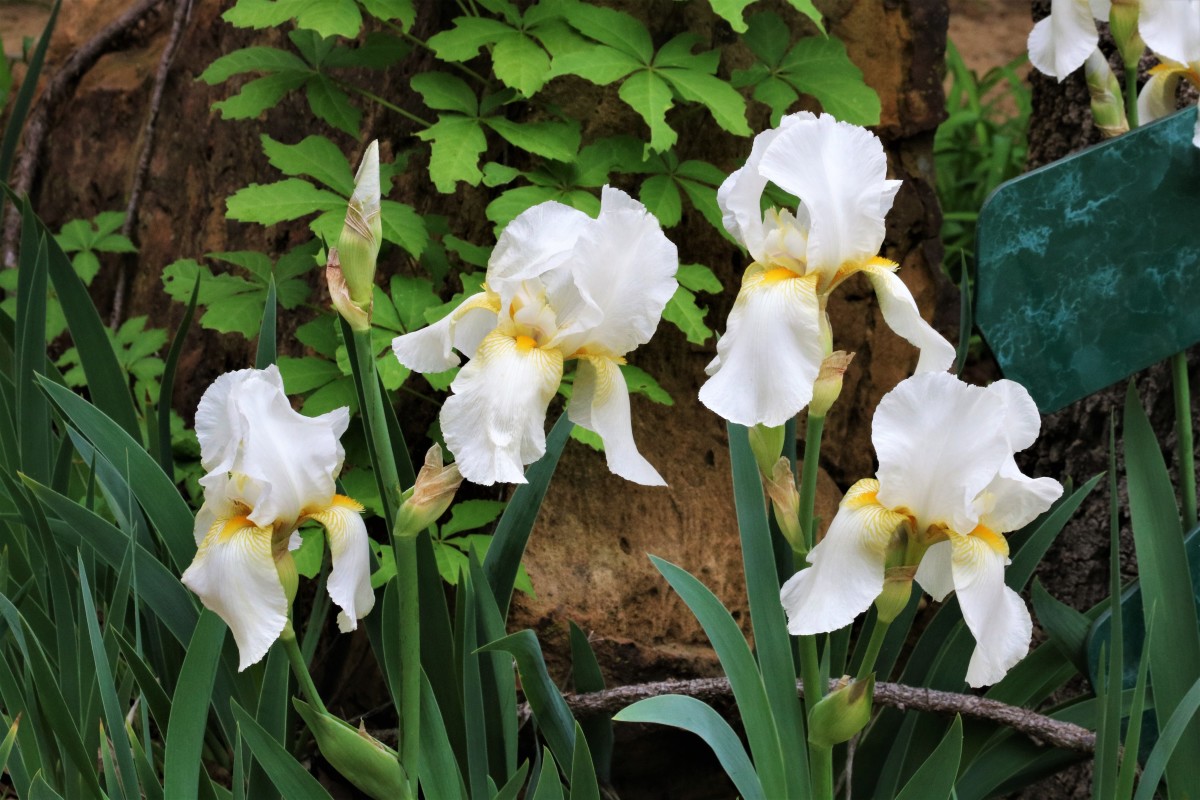- HubPages»
- Home and Garden»
- Gardening»
- Planting Flowers
How to Divide Herbaceous Perennial Plants - Part 1
Spring! Time To Get To Work
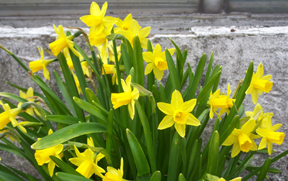
How to Divide Plants Safely & Easily
In my previous articles in this series--How to Transplant Herbaceous Perennial Plants--I provided some tips on how and when to transplant (move) herbaceous perennial plants. Whenever you move mature plants you should consider dividing them into two or more plants, as well, so now let’s look at why and how to divide perennials, with some information on the plants that most benefit from being divided, and those that don’t.
Just as I mentioned when discussing moving mature plants, the best time to divide perennials is in the early spring. Do you see a pattern unfolding? A lot of gardening chores are best tackled as early in the growing season as the soil is workable, which is why gardeners get a bit crazed in April, muttering, “Not enough time ,” every 3.8 seconds or so.
Dividing a large clump of daylilies the easy way
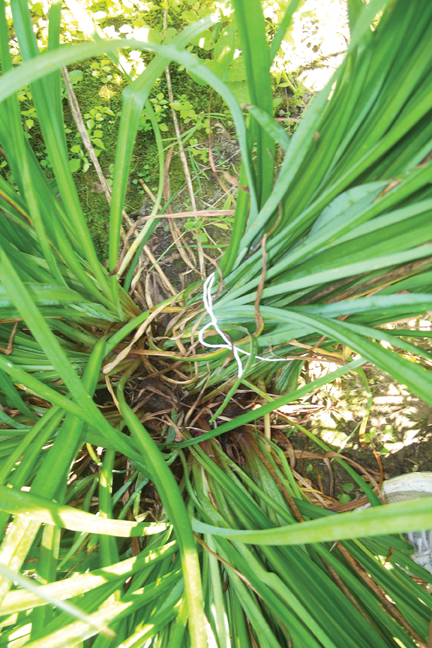
A Clump Of Campanula In Early Spring
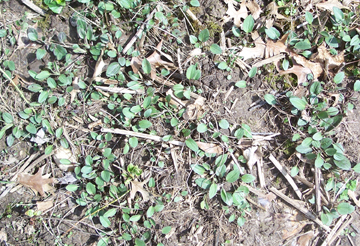
I have on my gardening bookshelf a much-prized possession, one of my mother’s gardening guides, The Wise Garden Encyclopedia , published in 1951. It’s a wonderful book, and 90% of the information in it has not changed in the intervening decades (mostly what has changed are the names of plants and the number of new hybrids available). The problem with the book, however, is that it assumes that the reader either has a full-time gardener on staff, or else unlimited time in which to garden. The list of early spring projects (“The Must Do’s” it calls them in a stern voice) is one of the scariest things I have seen. It’s intimidating, it’s relentless, it’s correct: each and every one of the eighty-seven bullet-pointed chores listed is indeed something you Must Do each spring. I do quite a few of them, but I have never managed to get through the entire list, nor do I think I ever will. I further recommend that you do not try. Prioritize your garden chores and get done what you can. When you can. However, when it comes to moving and/or dividing mature perennials, if you do not get to it by the time their top growth is no more than five inches or so above the soil, then either put it off until late fall or next spring, or understand and accept the risks involved. Those risks run from seriously setting back the plant to outright killing it.
The Wise Garden Encyclopedia
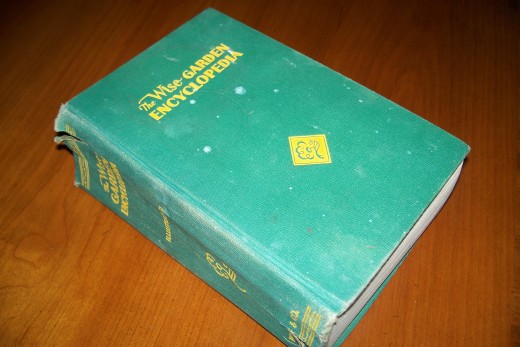
The reason is that as soon as a perennial wakes up in the spring, it begins growing at an amazingly fast rate. Not only the part you can see above ground is growing, so are the roots. If you wait to mess with it until it has passed from the rapid growth phase into the blooming phase you risk snapping off flower spikes as well as creating such serious transplant shock that the plant may simply die. But if you catch it just as it has broken dormancy, while still inspired to grow, grow, grow, it will do exactly that, bouncing back quickly from having is roots pruned, which is what always happens when you move or divide a mature plant.
Prune before you move a plant
If you have to move plants during the height of the growing season—if, for example, you need to relocate an entire bed due to a home repair project—then try to top-prune in proportion to the root-pruning that takes place. Plants shed moisture during respiration, and they breath through the pores in their leaves. When there are fewer roots, they are able to take up less water. So you need to prevent them from losing more water through respiration than they can replenish through their diminished root mass. The more root damage you need to inflict in order to pry a mature plant out of the soil, the more top growth you need to prune away. Even so, the rule after moving any plant during full-blown summer is water, water, water. If you are faced with true drought conditions—and the climate changes we are experiencing are creating more extremes of both rain and drought—the bitter reality is that you may not be able to provide enough water to keep a transplant alive. Period.
So those are the main concerns when considering dividing a mature herbaceous perennial: timing, predicted weather conditions and your ability to get water to the plant. In my next article, How to Divide Herbaceous Perennial Plants - Part 2, I’ll discuss why to consider taking those risks and dividing a plant in the first place.
Copyright © Roberta Lee 2012. All rights reserved.
(I am an artist and the author of the Suburban Sprawl series of novels as well as two nonfiction books. Find out more about my work at RobertaLeeArt.com.)
Perennial Primrose - Early Spring
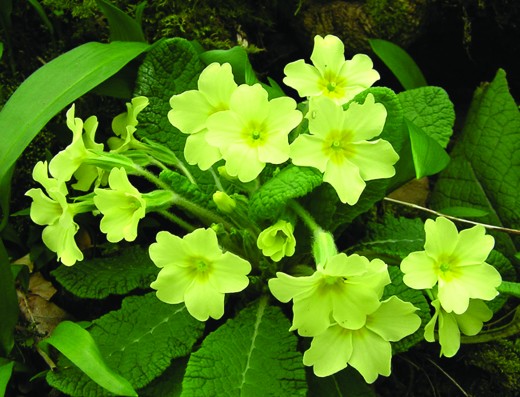
Previously In This Series:
Next in this series:
- How to Divide Herbaceous Perennial Plants - Part 2
Dividing perennial plants has some inherent risks. In this article learn when those risks are worth taking. This is part 2 of a 3 part series.


